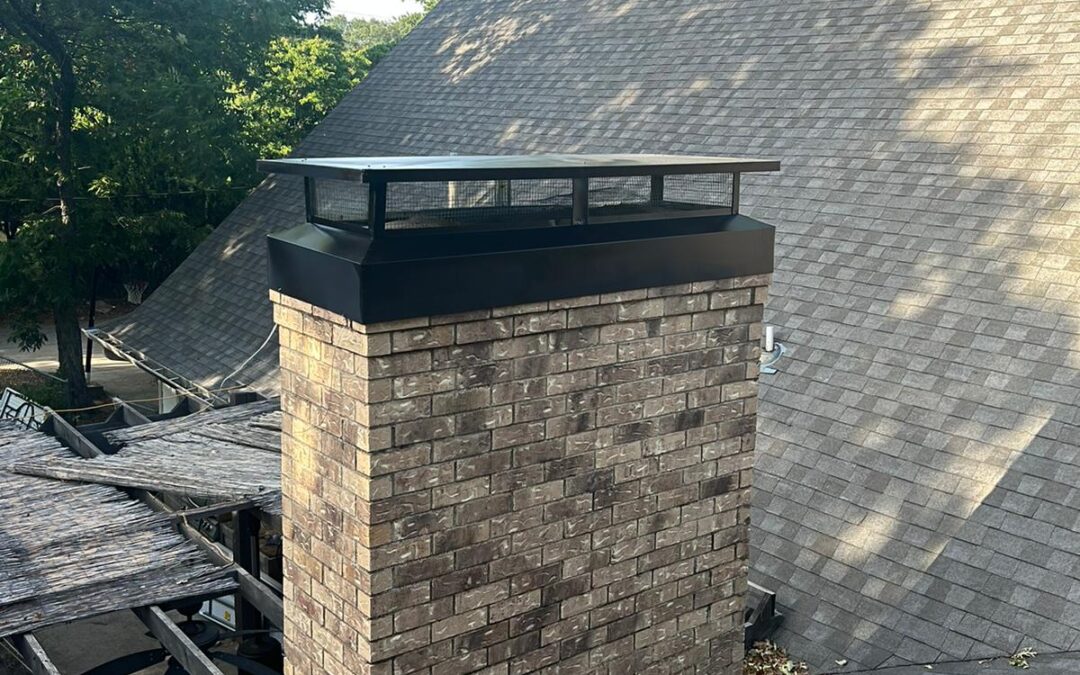When it comes to maintaining a safe and comfortable home, chimney safety is often overlooked. However, a neglected chimney can pose significant risks, from house fires to carbon monoxide poisoning. This guide will provide you with essential information to ensure your chimney is in top condition and your home is safe.
The Importance of Regular Chimney Inspections
The first step in chimney safety is regular inspections. A certified chimney sweep should inspect your chimney at least once a year, preferably before the heating season begins. During the inspection, the professional will check for blockages, creosote buildup, and structural damage that could pose safety hazards. Regular inspections can prevent small issues from turning into major problems, saving you time, money, and potential danger.
Understanding Creosote and Its Risks
Creosote is a highly flammable substance that forms when wood is burned. Over time, it can accumulate on the inner walls of your chimney. If not removed, creosote can ignite and cause a chimney fire. There are three stages of creosote buildup, with each stage becoming progressively more dangerous and difficult to remove. Regular cleaning and proper burning practices can minimize creosote buildup and reduce the risk of fire.
Proper Chimney Cleaning Practices
Chimney cleaning is a critical component of chimney safety. Depending on how often you use your fireplace, you may need to clean your chimney more frequently. A professional chimney sweep will remove soot, creosote, and other debris, ensuring the chimney operates efficiently and safely. Homeowners should avoid using DIY methods for chimney cleaning, as improper cleaning can lead to missed hazards and incomplete removal of dangerous buildup.
The Role of Chimney Caps and Dampers
Chimney caps and dampers play vital roles in maintaining chimney safety. A chimney cap prevents animals, debris, and rain from entering the chimney, which can cause blockages or damage. Dampers, on the other hand, help control airflow, prevent drafts, and keep heat from escaping when the fireplace is not in use. Ensuring that both the cap and damper are in good working condition is essential for a safe and efficient chimney system.
Identifying Chimney Damage and Leaks
Over time, chimneys can develop cracks, leaks, and other structural issues. Water is a chimney’s worst enemy, as it can lead to erosion, rust, and mold growth. Homeowners should regularly check for signs of damage, such as crumbling mortar, water stains on the ceiling, or rust on the damper. If any of these issues are detected, it’s important to contact a professional immediately to prevent further damage and potential safety hazards.
Carbon Monoxide: The Silent Killer
One of the most serious risks associated with chimneys is carbon monoxide (CO) poisoning. CO is a colorless, odorless gas that can be deadly. Blocked or damaged chimneys can cause CO to leak into your home, putting your family at risk. Installing carbon monoxide detectors near your fireplace and in sleeping areas is crucial. Additionally, ensuring your chimney is properly vented and maintained will help prevent CO buildup.
Chimney safety is not something to be taken lightly. By understanding the importance of regular inspections, cleaning, and maintenance, you can protect your home from the dangers associated with a neglected chimney. Make chimney safety a priority, and enjoy the warmth and comfort of your fireplace with peace of mind.

